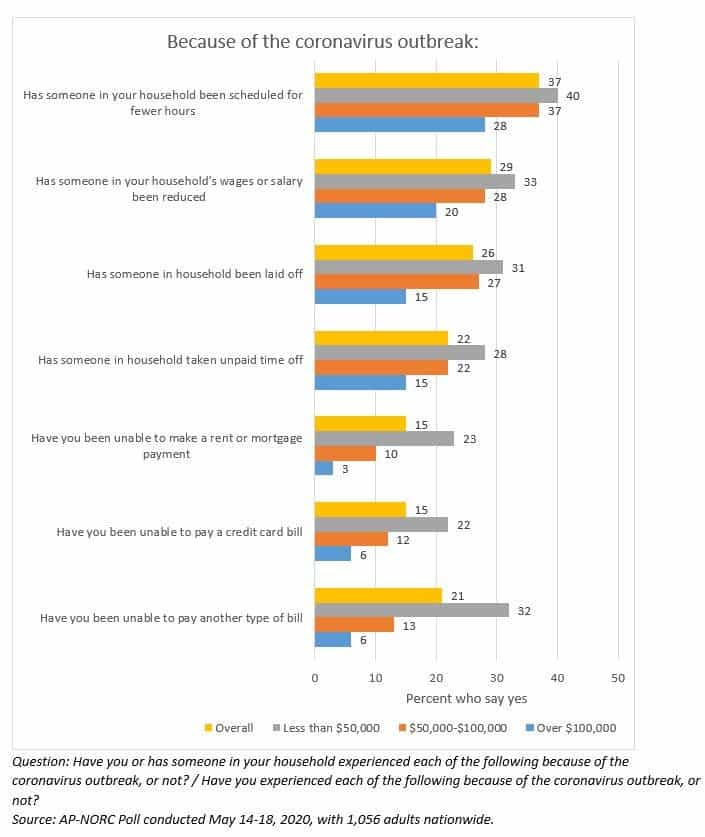There’s tremendous pressure to reopen the economy in the United States, although the number of cases is still mounting in many states. However, even if business open their doors to customers, who will they serve if the Americans are anxious about getting sick?

As I’m typing this article, there are 1.61 million confirmed cases of COVID-19 and over 95,000 fatalities due to the virus in the United States. There is no other country with these many cases or deaths — quite far from it — and the situation is still hot, with many states still experiencing surges in infections.
The United States’ leadership also has to deal with significant economic fallout, with 36.5 million Americans losing their jobs in the last two months. Experts warn that figures could peak above the Great Depression in 1933 if this trend continues unabated.
It is this tug of war between the medical crisis and the tanking economy that lead politicians to make grave mistakes.
But even if the economy were to reopen tomorrow, there wouldn’t be much business when people are still scared to leave their homes.
According to AP-NORC poll, 50% of respondents claimed they worked out at a gym or fitness center monthly before the pandemic, but only 24% said they would do the same if these activities were allowed in the coming weeks.

Similarly, 52% of respondents said they frequently went out to restaurants and bars before the coronavirus crisis. Now, 43% would the same if they were allowed to.
Church? About 67% of respondents claimed they attended religious services monthly before the virus appeared on US soil, but only 38% said they would return to church after restrictions lift.

States like Florida and Texas have already allowed some businesses and schools to reopen at limited capacity. As a result, they’ve seen cases surge again. On Saturday, Texas saw its highest single-day increase in positive COVID-19 cases yet: 1,801.
It’s clear that many people are hurting because of the economy’s shutdown — but there are good reasons to do so, and being too hasty can lead to even more economic downturn.
A recent study performed by researchers the City University of New York (CUNY) and the Infectious Disease Clinical Outcomes Research Unit (ID-CORE) at Los Angeles showed that the economic burden of a widely infected population would be greater than the economic output of a labor force out of quarantine. The study found that:
- For 20% of the U.S. population infected, there would be an average of 11.2 million hospitalizations and 1.6 million ventilators used, leading to around $163.4 billion in direct medical costs. The worst outcome for this scenario would be 13.4 million hospitalizations and 2.3 million ventilators used, with an average direct cost of $214.5 billion.
- A 50% infection rate among the U.S. population would lead to an estimated 27.9 million hospitalizations, 4.1 million ventilators used and 156.2 million hospital bed days accrued — and $408.8 billion in direct medical costs.
- For an 80% infection rate, the team estimates 44.6 million hospitalizations, 6.5 million ventilators used, and 249.5 million hospital bed days (general ward plus ICU bed days) incurred — which would cost an average of $654 billion.
This recent poll also shows that — as far as businesses and organizations that interact with the public go — customers are also unwilling to engage with certain sectors of the economy in person due to anxiety over the coronavirus.
To reopen the economy in a healthy way, people’s health also needs to be secured — and there’s no straightforward way to do that.


